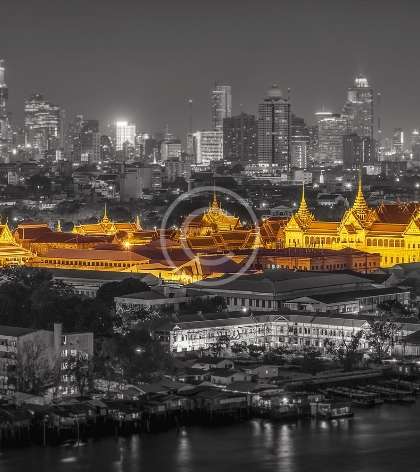Share This Article
New York City, often hailed as the ultimate urban classroom, offers an unparalleled educational experience for teachers and students. Its bustling streets, rich in history and culture, provide a dynamic setting for learning that goes beyond traditional classroom walls. The city’s landmarks serve as living textbooks, each telling a unique architectural marvel, historical significance, and cultural diversity story.
Exploring these iconic sites allows educators to bring lessons to life, offering students tangible connections to their studies. From the Statue of Liberty to Central Park, NYC’s landmarks become interactive learning environments where history, art, and science converge, creating memorable experiences that enhance educational outcomes.
Cultural Immersion in NYC’s Museums
New York City’s museums stand as pillars of cultural immersion, offering students and educators a deep dive into art, history, and science. These institutions are not mere buildings but gateways to the past and windows to the future, where every exhibit and artefact tells a story waiting to be discovered. The Metropolitan Museum of Art, for example, spans thousands of years of human creativity, while the American Museum of Natural History takes visitors on a voyage from the depths of the ocean to the far reaches of space.
These museums provide educators with an invaluable resource for supplementing classroom teaching with real-world examples and hands-on learning experiences. Whether it’s a history lesson brought to life through ancient Egyptian artefacts, or a science class illustrated with the latest biodiversity research, the educational opportunities are as diverse as the city itself.
NYC’s Historical Sites are Gateways to America’s History
New York City is a living history book, with each of its historical sites offering a chapter into the American narrative. From the cobblestone streets of the Financial District, where the country’s financial foundations were laid, to the solemnity of the 9/11 Memorial, these sites allow students to step back in time and witness the events that shaped the nation.
Teachers planning school trips to NYC can leverage these historical sites to create immersive educational experiences. Such trips not only enhance students’ understanding of historical events but also inspire a greater appreciation for the complexities and achievements of the past. As students walk the same paths as historical figures once did, they gain a deeper, more personal insight into the stories that have influenced today’s world.
Science in the Big City
The scientific institutions of New York City offer a unique platform for students to explore the wonders of science in a hands-on environment. From interactive exhibits at the New York Hall of Science to the immersive planetarium shows at the American Museum of Natural History, these venues make complex scientific concepts accessible and engaging for young minds.
Teachers can use these visits to science museums to spark curiosity and foster a love of science among their students. By seeing science in action, students are encouraged to ask questions, seek answers, and think critically about the world around them. These experiences not only complement the science curriculum but also help develop skills essential for tomorrow’s scientists, engineers, and innovators.
The city’s museums, historical sites, and scientific institutions serve as dynamic classrooms, providing immersive learning opportunities extending far beyond traditional education’s confines. These adventures foster a connection with the subjects taught, making education more engaging and meaningful. The city’s educational offerings are as boundless as its skyline.




